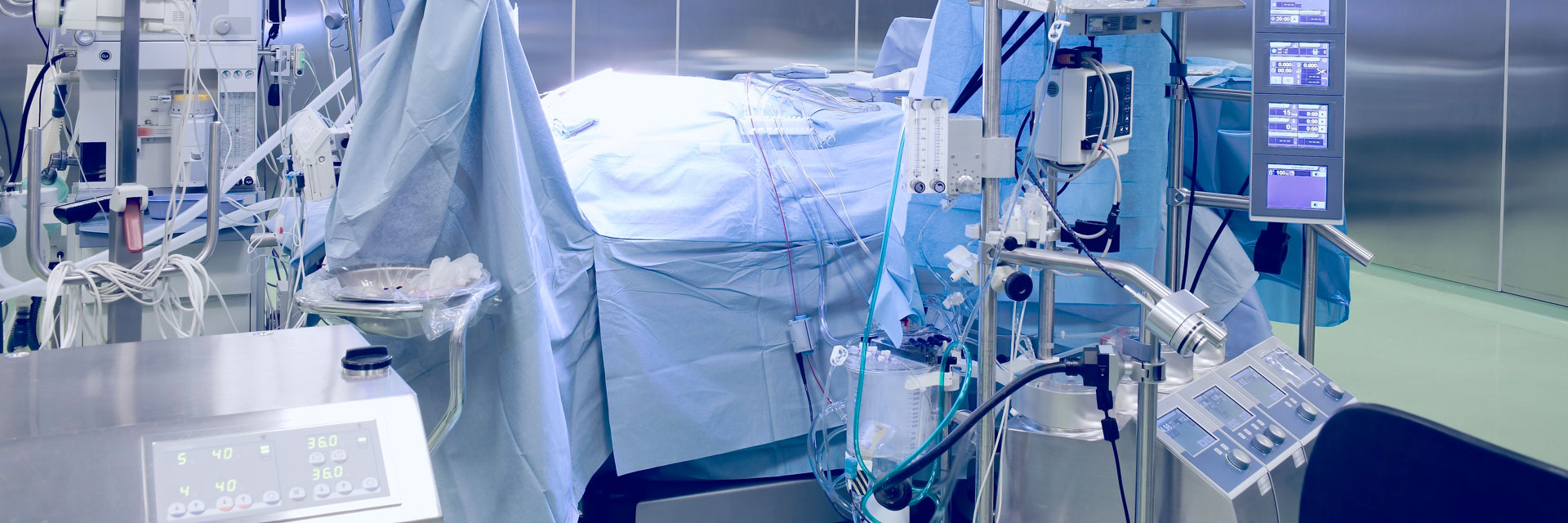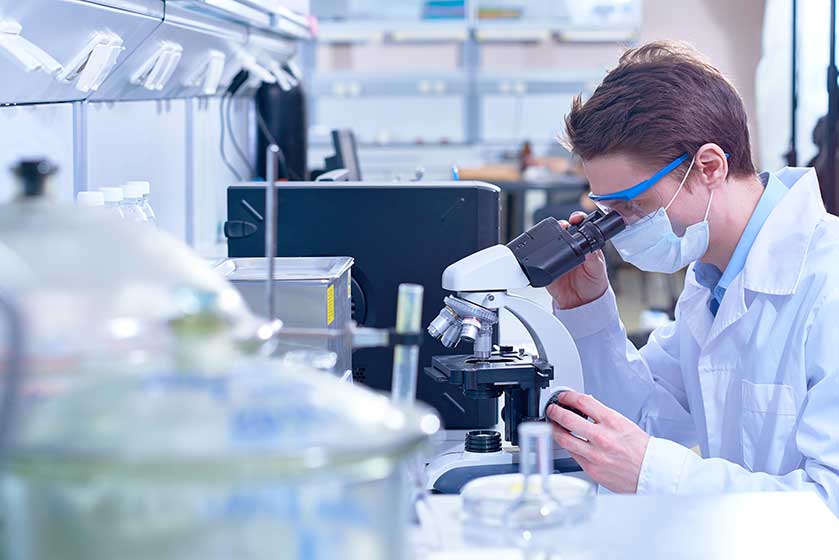

EUROLAB has extensive microbiological analysis and detection capabilities for both product validation and batch release protocol. Our specialists carry out various projects for medical device and drug manufacturers, from pathogen and biological load tests to endotoxin and cytotoxicity analyzes.

Microbiological analysis enables the characterization of microorganisms on or in a medical device, package, raw material or ingredient. Testing the microbiological structure of a product allows manufacturers to ensure that there are no bacteria or toxins that can harm the user.
Working with EUROLAB allows you to reduce risk by knowing that we are working diligently to ensure your company's success and bring a safe product to market quickly.
Before final sterilization and packaging, medical devices and pharmaceuticals should generally undergo a biological load test, a quantitative determination of the population of viable microorganisms on or within the product. This test concerns non-sterile medicinal products and pre-sterilization product evaluation. Results from the biological load test can be used to determine appropriate sterilization levels and procedures.
The biological load test according to ISO 11737 can include aerobic bacteria, spores, aerobic fungi, anaerobes or any combination of the above. Most commonly, microbiological analysis includes a membrane filtration following product extraction, microbial growth on the medium and counting visible colonies. Alternatively, a plate counting method can be applied (product specific).
Biological load recovery validation is used to develop and validate a product-specific biological load test procedure that will evaluate the effectiveness of the procedure, evaluate the antimicrobial properties of the product / sample, and create a recovery factor for the procedure.
The repetitive (comprehensive) recovery method uses the naturally occurring biological load of the product to determine the efficiency of recovery on a test product.
The sports vaccination method determines the effectiveness of recovering the naturally occurring biological load on a test product by creating an artificial biological load.
Endotoxin testing ensures that medical devices and implants are safe for human use. Bacterial endotoxins are known to cause fever and disease when injected into the bloodstream. Therefore, it is important to ensure that these devices do not contain endotoxin.
This method is an in vitro quantitative assay photometrically detecting endotoxins from gram negative bacteria using Limulus Amebocyte Lysate (LAL). This microbiological analysis applies to medical devices, sterile and non-pyrogenic devices, human and animal parenteral drugs, and other biologicals. Products as an important determinant of pyrogenic response.
Verification must be performed with each device and changed to process / material. The Kinetic Chromogenic detection limit of EUROLAB is 0.005 EU / ml, the Kinetic Turbidimetric detection limit is 0.010 EU / ml.
Cytotoxicity is the quality of being toxic to cells. Cytotoxin testing is required for all medical devices before legal approval. The testing process is a fast and fairly standard method that identifies significant amounts of potentially harmful substances in biomedical materials or devices. The results are useful in screening materials because they serve as the first step to provide evidence of biocompatibility.
ISO 10993-5 and USP 87 are in vitro qualitative analyzes used to determine the presence of toxins from medical devices, components, or raw materials in relation to mammalian cellular viability.
Tests are performed on the final product, representative samples from the final product, or on processed materials as in the final product (see ISO 10993-1). Samples were prepared in accordance with ISO 10993-12.
Any device or implant sterilized before use must be sterilized according to the manufacturer's recommendations prior to testing. If non-sterile test specimens are used, the laboratory will also require that they be checked for bacterial contamination to prevent misinterpretation of cytotoxicity.
The test is performed in triplicate with L929 cells.
To get an appointment, to get more detailed information or to request an evaluation, you can ask us to fill in our form and reach you.